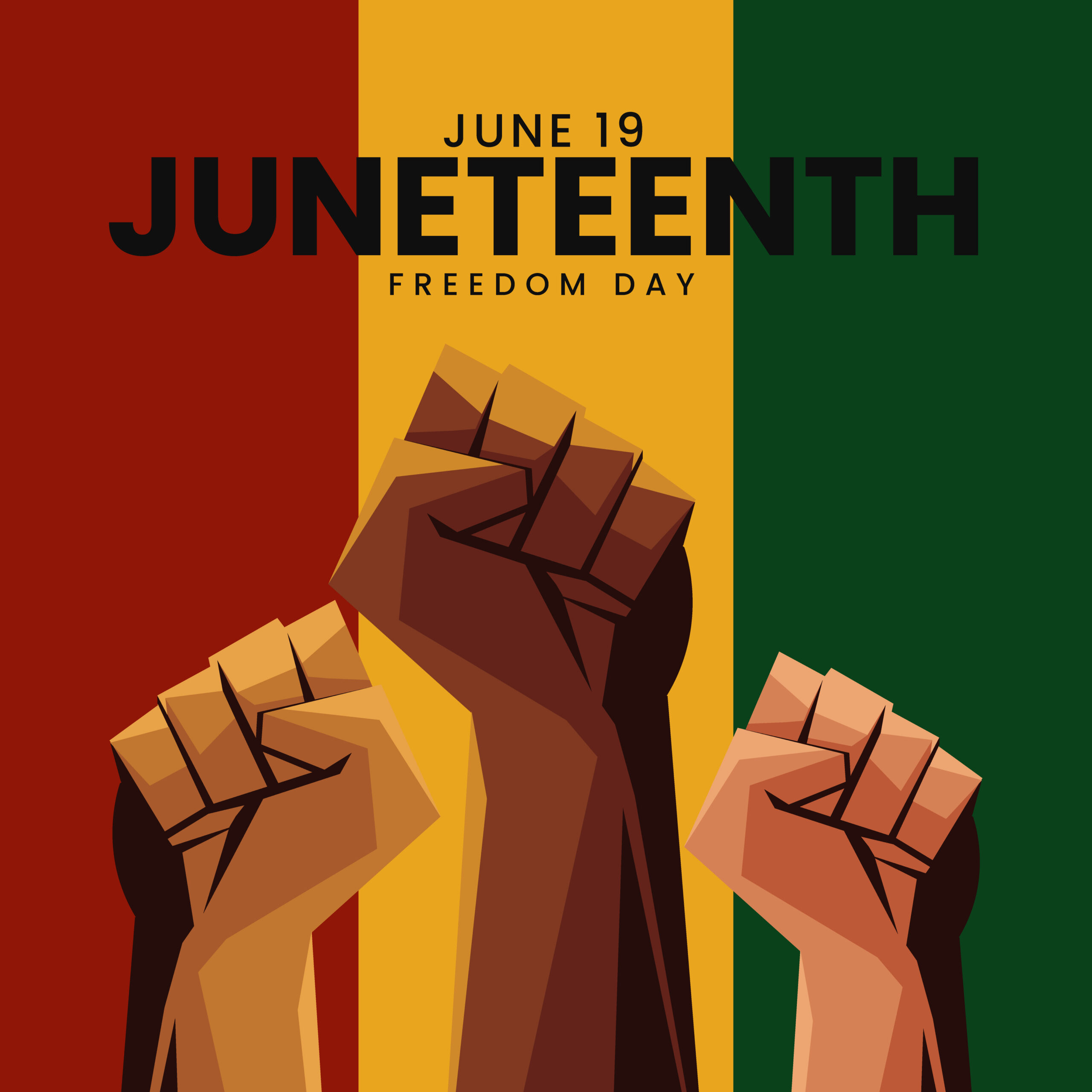Both cornerstone holidays are about freedom, but each reflects a distinct chapter in American history. Understanding their differences enriches our celebration of national identity, and reveals how far we’ve come. Let’s explore the key differences, and why celebrating both makes our country stronger.
Distinct Origins, Shared Theme of Freedom
Independence Day (July 4, 1776) Marks the adoption of the Declaration of Independence, America’s political break from British rule. It celebrates the founding vision of a sovereign nation rooted in the ideals of liberty and self-government.
Juneteenth (June 19, 1865) Commemorates the day enslaved people in Galveston, Texas, finally learned they were free, more than two years after the Emancipation Proclamation
While July 4 marks collective independence, Juneteenth honors individual liberation for those long denied freedom.
Who Was Free? And When?
When America declared independence in 1776, slavery remained legal. The ideals of liberty applied to some, but not all.
It wasn’t until June 19, 1865, that over 250,000 enslaved Black Americans in Texas were officially told they were free. That delay, and the long silence that followed, makes Juneteenth a critical part of the American freedom story.
Two Independence Days, One America
Juneteenth is often called “America’s second Independence Day”—not in competition, but as a companion to July 4th. Together, they create a fuller narrative: one foundational, the other corrective. Celebrating both honors the evolution of our nation’s freedom.
Different Traditions, Shared Celebration
July 4 is typically celebrated with fireworks, patriotic music, barbecues, and displays of red, white, and blue. Juneteenth celebrations often include local festivals, historical reenactments, storytelling, soul food gatherings, and the color red, a symbol of resilience and the bloodshed endured on the road to freedom.
Both are joyful, but Juneteenth is also reflective. It acknowledges the cost of freedom and honors those who waited longest to receive it.
Why Understanding the Difference Matters
Some ask: Why do we need both holidays?
The answer is simple: You can’t celebrate American freedom without understanding when, and how, it finally reached everyone.
- July 4 is about independence.
- Juneteenth is about inclusion.
Together, they tell a more honest and complete story of our nation, one that reflects both our aspirations and our progress.
Celebrating Both Makes Us Stronger
Recognizing Juneteenth alongside Independence Day doesn’t take away from either holiday, it adds depth, truth, and inclusivity to our national identity.
It allows all Americans to reflect on the journey from freedom promised to freedom delivered. It invites us to move beyond celebration to action, by supporting equity, learning from history, and creating space for every voice.
So how is Juneteenth different from Independence Day?
It isn’t a rival. It’s a reminder. That freedom delayed is still worth honoring. That independence is only complete when it’s shared by all. That we’re still writing the story of freedom, and every one of us has a role. By honoring both holidays, we honor the ongoing promise of liberty, ensuring that freedom in America continues to move forward for everyone.

